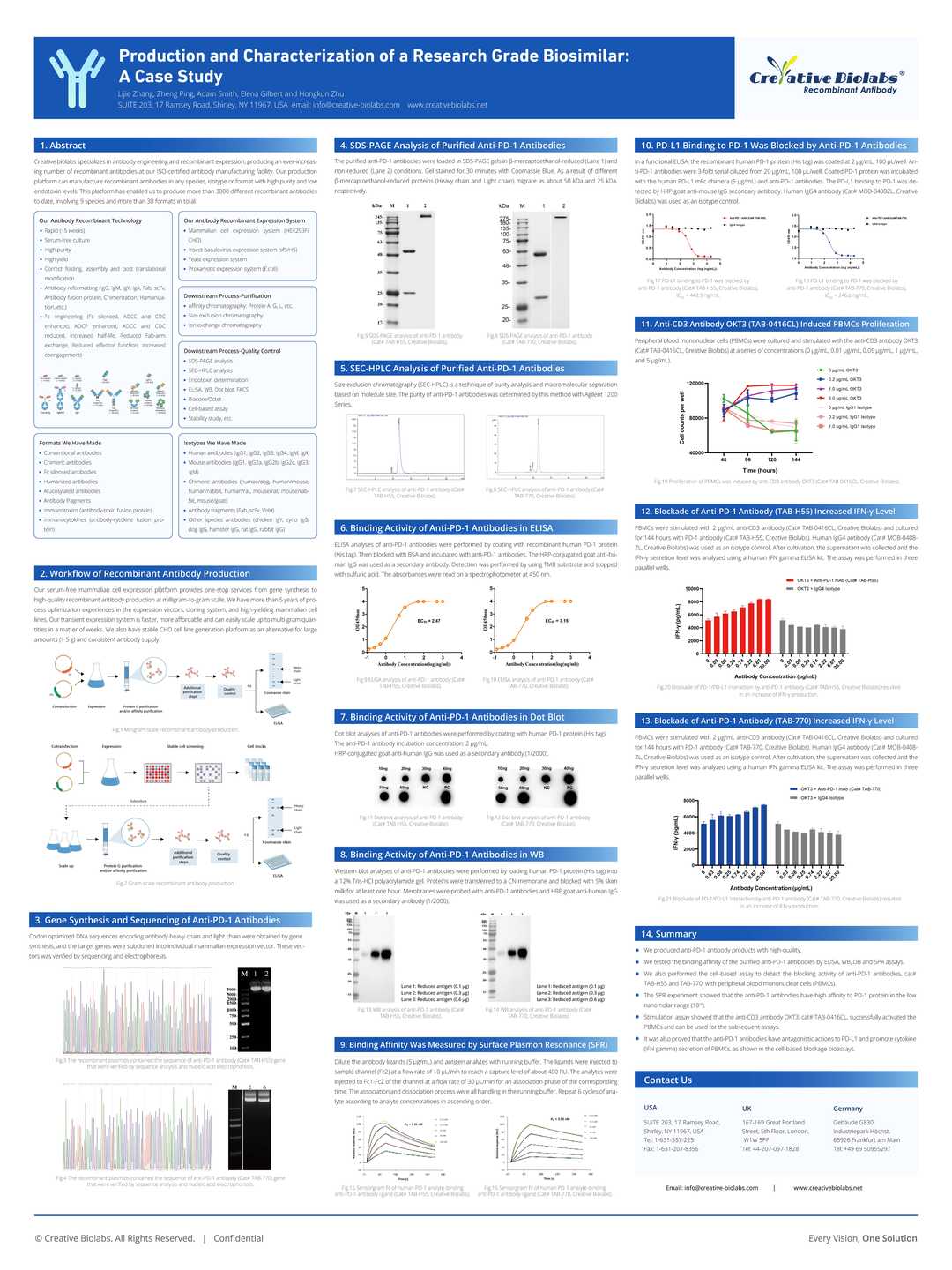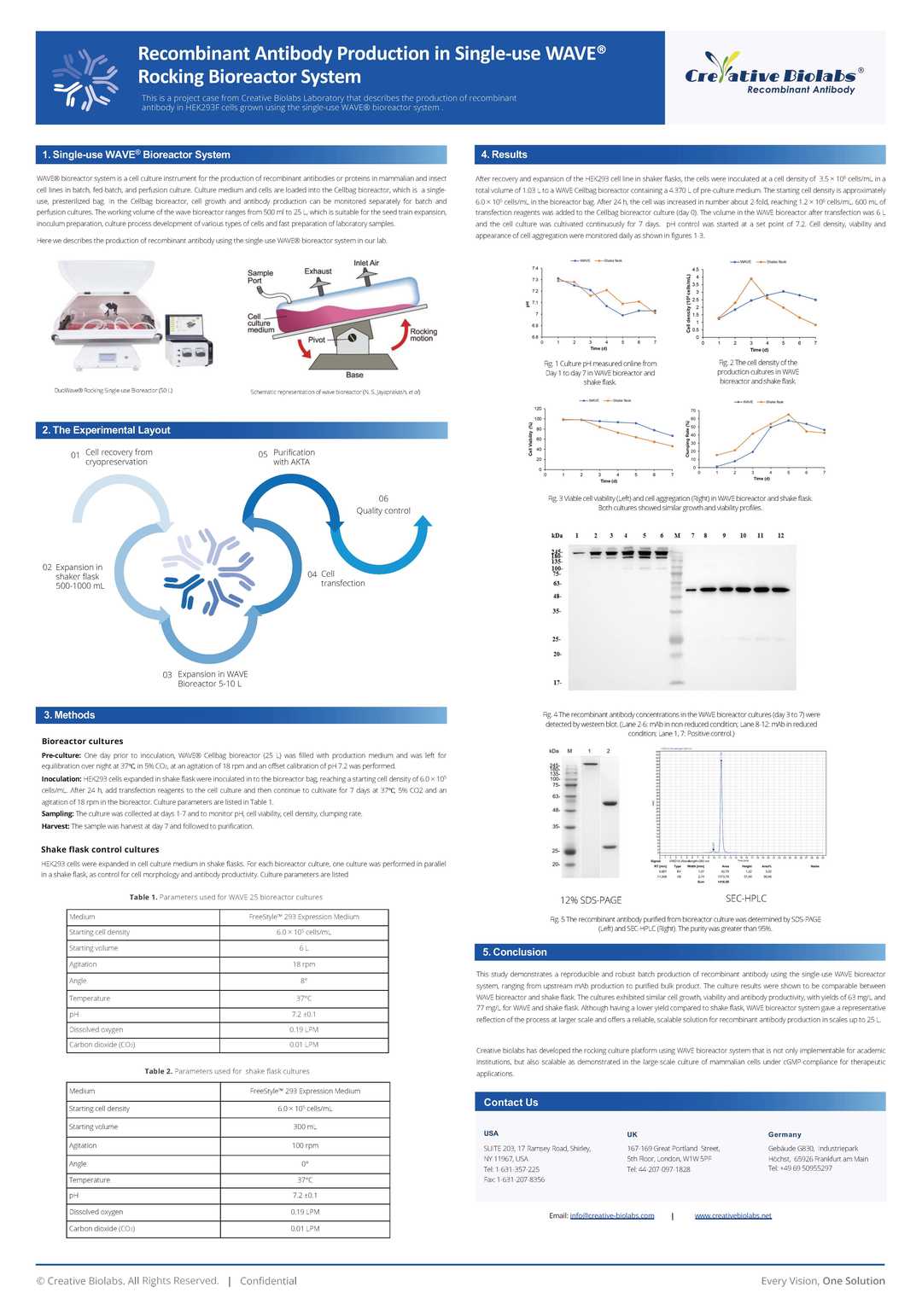Rabbit Anti-CDK2 (phospho Y15) Recombinant Antibody (VS3-CJ815)
CAT#: VS3-CJ815
This product is a rabbit antibody that recognizes human, mouse, and rat phospho-CDK2 (Y15).








Specifications
- Immunogen
- Synthetic peptide conjugated to Keyhole Limpet Haemocyanin (KLH)
- Host Species
- Rabbit
- Type
- Rabbit IgG
- Specificity
- Human, Mouse, Rat phospho-CDK2 (Y15)
- Species Reactivity
- Human, Mouse, Rat
- Applications
- WB, IHC, IP
- Conjugate
- Unconjugated
Product Property
- Purification
- Protein A affinity purified
- Purity
- >95% as determined by SDS-PAGE
- Format
- Liquid
- Buffer
- 40% Glycerol, 1% BSA, TBS, pH7.4.
- Preservative
- 0.05% Sodium Azide
- Storage
- Store at 4°C for short term. Aliquot and store at -20°C for long term. Avoid repeated freeze/thaw cycles.
Applications
- Application Notes
- This antibody has been tested for use in Western Blot, Immunohistochemistry, Immunoprecipitation.
Target
- Alternative Names
- CDKN2; p33(CDK2)
- Gene ID
- 1017
- UniProt ID
- P24941
- Sequence Similarities
- Belongs to the protein kinase superfamily. CMGC Ser/Thr protein kinase family. CDC2/CDKX subfamily.
- Cellular Localization
- Cytoplasm, Cytoskeleton, Endosome, Nucleus
- Post Translation Modifications
- Phosphorylated at Thr-160 by CDK7 in a CAK complex (PubMed:28666995).
Phosphorylation at Thr-160 promotes kinase activity, whereas phosphorylation at Tyr-15 by WEE1 reduces slightly kinase activity. Phosphorylated on Thr-14 and Tyr-15 during S and G2 phases before being dephosphorylated by CDC25A.
Nitrosylated after treatment with nitric oxide (DETA-NO).
- Protein Refseq
- NP_001277159.1; NP_001789.2; NP_439892.2
- Function
- Serine/threonine-protein kinase involved in the control of the cell cycle; essential for meiosis, but dispensable for mitosis. Phosphorylates CTNNB1, USP37, p53/TP53, NPM1, CDK7, RB1, BRCA2, MYC, NPAT, EZH2. Triggers duplication of centrosomes and DNA. Acts at the G1-S transition to promote the E2F transcriptional program and the initiation of DNA synthesis, and modulates G2 progression; controls the timing of entry into mitosis/meiosis by controlling the subsequent activation of cyclin B/CDK1 by phosphorylation, and coordinates the activation of cyclin B/CDK1 at the centrosome and in the nucleus. Crucial role in orchestrating a fine balance between cellular proliferation, cell death, and DNA repair in human embryonic stem cells (hESCs). Activity of CDK2 is maximal during S phase and G2; activated by interaction with cyclin E during the early stages of DNA synthesis to permit G1-S transition, and subsequently activated by cyclin A2 (cyclin A1 in germ cells) during the late stages of DNA replication to drive the transition from S phase to mitosis, the G2 phase. EZH2 phosphorylation promotes H3K27me3 maintenance and epigenetic gene silencing. Phosphorylates CABLES1 (By similarity).
Cyclin E/CDK2 prevents oxidative stress-mediated Ras-induced senescence by phosphorylating MYC. Involved in G1-S phase DNA damage checkpoint that prevents cells with damaged DNA from initiating mitosis; regulates homologous recombination-dependent repair by phosphorylating BRCA2, this phosphorylation is low in S phase when recombination is active, but increases as cells progress towards mitosis. In response to DNA damage, double-strand break repair by homologous recombination a reduction of CDK2-mediated BRCA2 phosphorylation. Phosphorylation of RB1 disturbs its interaction with E2F1. NPM1 phosphorylation by cyclin E/CDK2 promotes its dissociates from unduplicated centrosomes, thus initiating centrosome duplication. Cyclin E/CDK2-mediated phosphorylation of NPAT at G1-S transition and until prophase stimulates the NPAT-mediated activation of histone gene transcription during S phase. Required for vitamin D-mediated growth inhibition by being itself inactivated. Involved in the nitric oxide- (NO) mediated signaling in a nitrosylation/activation-dependent manner. USP37 is activated by phosphorylation and thus triggers G1-S transition. CTNNB1 phosphorylation regulates insulin internalization. Phosphorylates FOXP3 and negatively regulates its transcriptional activity and protein stability (By similarity).
Phosphorylates CDK2AP2 (PubMed:12944431).
Phosphorylates ERCC6 which is essential for its chromatin remodeling activity at DNA double-strand breaks (PubMed:29203878).
Customer Review
There are currently no Customer reviews or questions for VS3-CJ815. Click the button above to contact us or submit your feedback about this product.
Submit Your Publication
Published with our product? Submit your paper and receive a 10% discount on your next order! Share your research to earn exclusive rewards.
Related Signaling Pathways
Downloadable Resources
Download resources about recombinant antibody development and antibody engineering to boost your research.
Product Notes
This is a product of Creative Biolabs' Hi-Affi™ recombinant antibody portfolio, which has several benefits including:
• Increased sensitivity
• Confirmed specificity
• High repeatability
• Excellent batch-to-batch consistency
• Sustainable supply
• Animal-free production
See more details about Hi-Affi™ recombinant antibody benefits.
Datasheet
MSDS
COA
Certificate of Analysis LookupTo download a Certificate of Analysis, please enter a lot number in the search box below. Note: Certificate of Analysis not available for kit components.
Protocol & Troubleshooting
We have outlined the assay protocols, covering reagents, solutions, procedures, and troubleshooting tips for common issues in order to better assist clients in conducting experiments with our products. View the full list of Protocol & Troubleshooting.
Isotype Control
- CAT
- Product Name
Secondary Antibody
- CAT
- Product Name
See other products for "CDK2"
Select a product category from the dropdown menu below to view related products.
| CAT | Product Name | Application | Type |
|---|---|---|---|
| MOB-1714z | Mouse Anti-CDK2 Recombinant Antibody (clone 21A9) | WB, FC, ICC, IF | Mouse IgG1 |
| MRO-1767-CN | Rabbit Anti-CDK2 Polyclonal Antibody (MRO-1767-CN) | WB, IF, IHC, FC | Rabbit IgG |
| VS3-CJ813 | Mouse Anti-CDK2 Recombinant Antibody (VS3-CJ813) | WB | Mouse IgG1, κ |
| VS3-CJ814 | Rabbit Anti-CDK2 Recombinant Antibody (VS3-CJ814) | WB, ICC, IF, IHC, IP | Rabbit IgG |
| VS3-WK2268 | Rabbit Anti-CDK2 (pT14) Recombinant Antibody (VS3-WK2268) | WB, IHC, IP | Rabbit IgG |
| CAT | Product Name | Application | Type |
|---|---|---|---|
| MOR-0627 | Hi-Affi™ Rabbit Anti-CDK2 Recombinant Antibody (clone DS627AB) | ICC, IHC-P, IP, WB | Rabbit IgG |
| CAT | Product Name | Application | Type |
|---|---|---|---|
| VS-0724-YC596 | AbPlus™ Anti-CDK2 Magnetic Beads (VS-0724-YC596) | IP, Protein Purification |
Popular Products

Application: IP, IF, FuncS, FC, Neut, ELISA, ICC

Application: FC, IHC, FuncS, Inhib, Cyt

Application: WB, ELISA, FuncS

Application: ELISA, IHC, FC, IP, IF, FuncS

Application: ELISA

Application: ELISA, IF, Block, FuncS
-4.jpg)
Application: FC, FuncS, IA, IF, IP, IHC

Application: ELISA, WB, Microarray, Block

Application: ELISA, IHC, IF, IP
For research use only. Not intended for any clinical use. No products from Creative Biolabs may be resold, modified for resale or used to manufacture commercial products without prior written approval from Creative Biolabs.
This site is protected by reCAPTCHA and the Google Privacy Policy and Terms of Service apply.










 p53 Signaling Pathway
p53 Signaling Pathway















